Healthy Back Series: Core Strength for Back Health
Having a strong back, also means having strong core muscles. To keep our backs in good shape, we have to work on activating the muscles closest to the spine, as well as the muscles around it.
Imagine your core muscles as a corset surrounding the spine. The stronger the muscles, the more support the spine has. These muscles keep the spine in a good position where it is protected during all of our movement throughout the day. Strong core muscles also help mitigate tension of our deep back muscles. There are roughly four main core muscles that are often mentioned.
The main core muscles include:
Transverse abdominis
Internal and external obliques
Rectus abdominis
Multifidus and erector spinae
Something else to consider is that our pelvic floor muscles are also an important part of our core!
These muscles work with our deep abdominal and back muscles, as well as the diaphragm in order to support the spine and control the pressure inside the abdomen. It does this by changing the internal pressure in the abdomen. Before we move to lift an object our primary core muscles are the first to activate.
The pelvic floor muscles lift while the abdominal and back muscles draw in to support the spine. This process happens when we lift a weight to exercise.
The pelvic floor muscles are often overlooked, but they provide much needed stability to the spine during movement. If you can add a Kegel to your squats, DO IT! We will talk more about the pelvic muscles in a later article.
Here are some favorite strengthening exercises for the back and YES! They work your core. Core strength is integral to back health.
Bridges
Start by laying your mat with knees bent. Abdominals should be pulled in maintaining the small of the back flat on the floor. Lift your hips off the floor as high as you can without extending the back. Hold for a few seconds before slowly lowering back down to the mat.
Added Challenge
Hold dumbbells at your pelvis for extra weight or try single leg bridges.
Dead-bug
Lay on your mat with legs in tabletop position and arms extended to the ceiling. Abdominals pulled in so the back remains flat on the mat. Extend the opposite arm and leg out. Hold here for a few seconds before returning to the starting position. The closer your arm and leg are to the floor, the more difficult it is. Stay within a comfortable range, where the low back is not lifting off the floor.
Added Challenge
Try extending the same side arm and leg, or add light dumbbells.
Knee float
Starting in quadruped on the mat, curl toes under. Maintain box posture while floating knees off the ground. Your back should remain flat with the pelvis tucked in. Similar to a plank, you want to slowly progress how long you can hold the position. Start with 15 seconds, building up to 1 min.
Added Challenge
While maintaining box position, lift toes of one side off of the floor. You can alternate lifting legs like “walking.”
Plank
Hands are underneath the shoulders, while legs fully extended with weight on the toes. Back should be flat, avoiding dip in the low back. You can choose a plank on hands or forearms for comfort. Don’t be afraid to try a modified version on your knees if a full plank seems daunting. You’ll still get good muscle activation in a modified position.
Added Challenge
Lift one leg up, alternating holding balance on one leg. You can always advance your plank by adding arm or leg movement, such as mountain climbers, spiders, or shoulder taps. Hips should always stall level with added movement.
Side plank with dip
One forearm is on the mat, while the other is reaching up towards the ceiling. Your feet should stay parallel to each other, while maintaining the pressure on the side of the foot. Increase time holding this position, starting at 15 seconds up to 1 minute.
Added Challenge
Add more oblique work! Dip your hip towards the floor and lift back up to the starting position or you can add a twist by reaching your top arm underneath your trunk and returning to the starting position.
Bird dog
Start on hands and knees on your mat. Extend your opposite arm and leg reaching long and maintaining balance. Hold for a count of 5 and switch to the other side. Hips should remain level and back flat throughout the movement.
Added Challenge
After extending the arm and leg try to touch the opposite elbow and knee, then return to extended position without touching the mat. You can also try extending the arm and leg on the same side, similarly touching knee to elbow.
Superman
Start by laying facedown on your mat with arms reaching forward. Lift your chest off the mat reaching arms forwards and pressing your pelvis into the mat. Hold for a count of 3 before slowly lowering. You can lift just the upper body, or try raising the legs at the same time.
Added Challenge
While keeping arms and legs raised, try adding scapular (shoulder blade) squeezes for more mid back activation. You can also hold your arms and legs lifted and try swimming (kicking straight arms and legs up and down an inch) for 10 seconds to 1 minute.
For those who tend to have more mid back issues than low back, these last two exercises are for you.
These exercises not only work the core, but they focus a little more on the upper/mid back.
Strengthening the scapular muscles not only helps your posture, but it keeps the upper back strong as well.
Kneeling Rows
Starting in a kneeling position, pull the band towards you near waist level, while squeezing the shoulder blades together. Abdominals should remain tight throughout the movement. Arms should be resisting the tension upon return.
Kneeling bow and arrow
In kneeling position, pull the band back with one arm, then add a trunk twist at the end like you’re using a bow and arrow. The elbow should stay at shoulder level. Return to center and then pull with the other arm. Keep the movement slow, fighting against the band resistance throughout.
No matter what type of exercise you’re doing, keep the core activated. Abdominal muscles should always stay pulled in (belly button towards the spine). This should not interfere with your breathing!
You should be able to activate these muscles independently. You can squeeze the belly in while waiting in line at the store, maybe even add some Kegels. Every bit helps! Plus, people won’t even know you’re doing them.
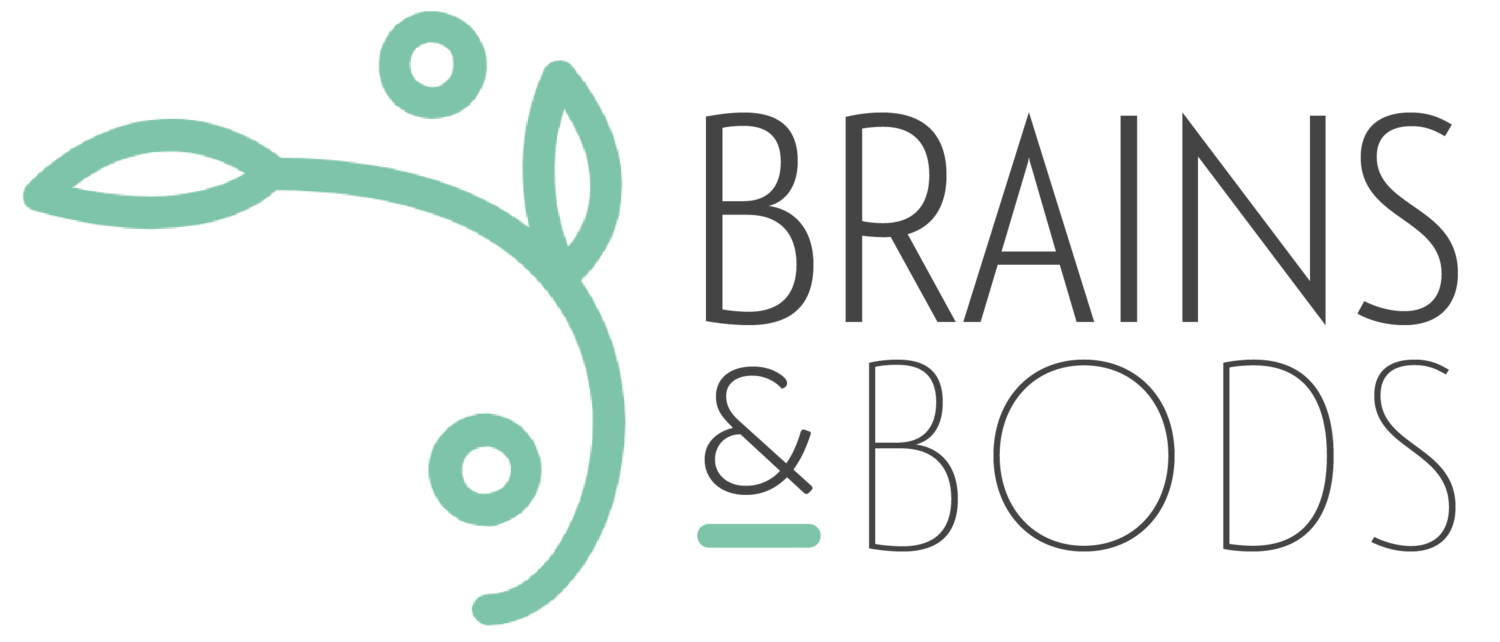













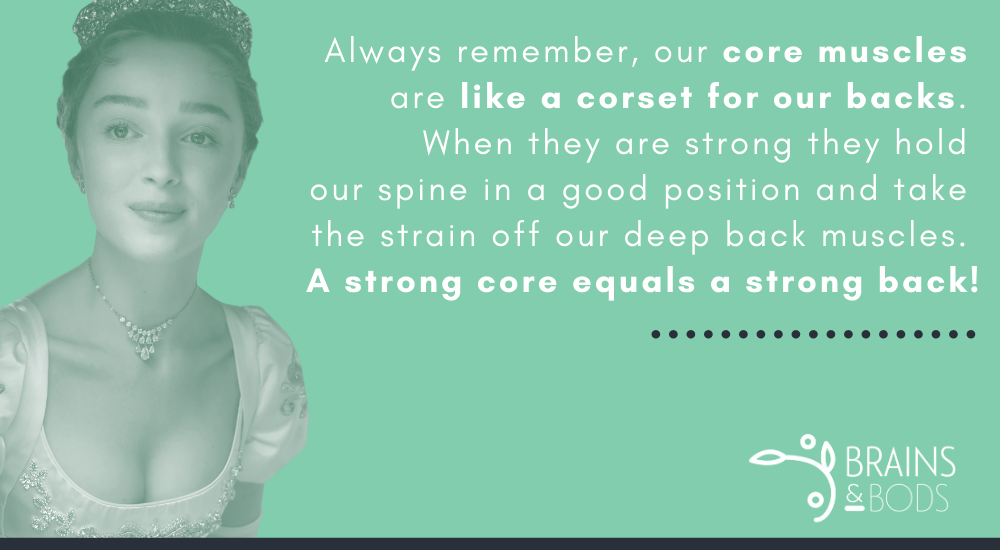
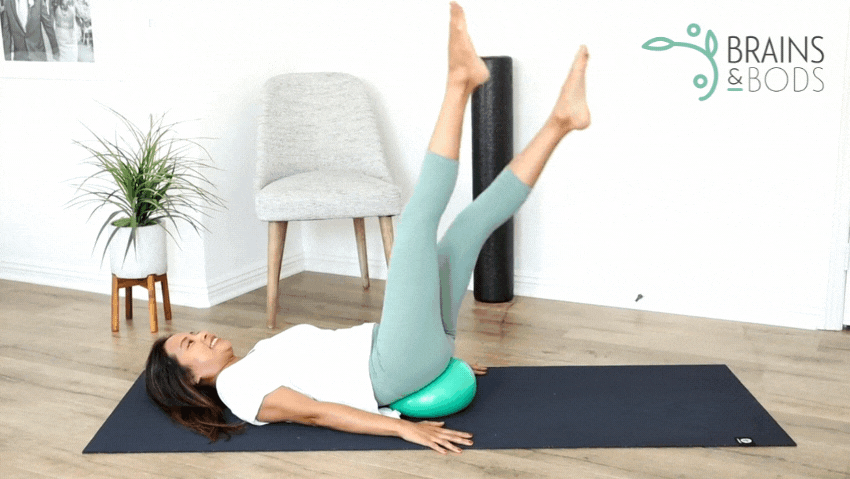

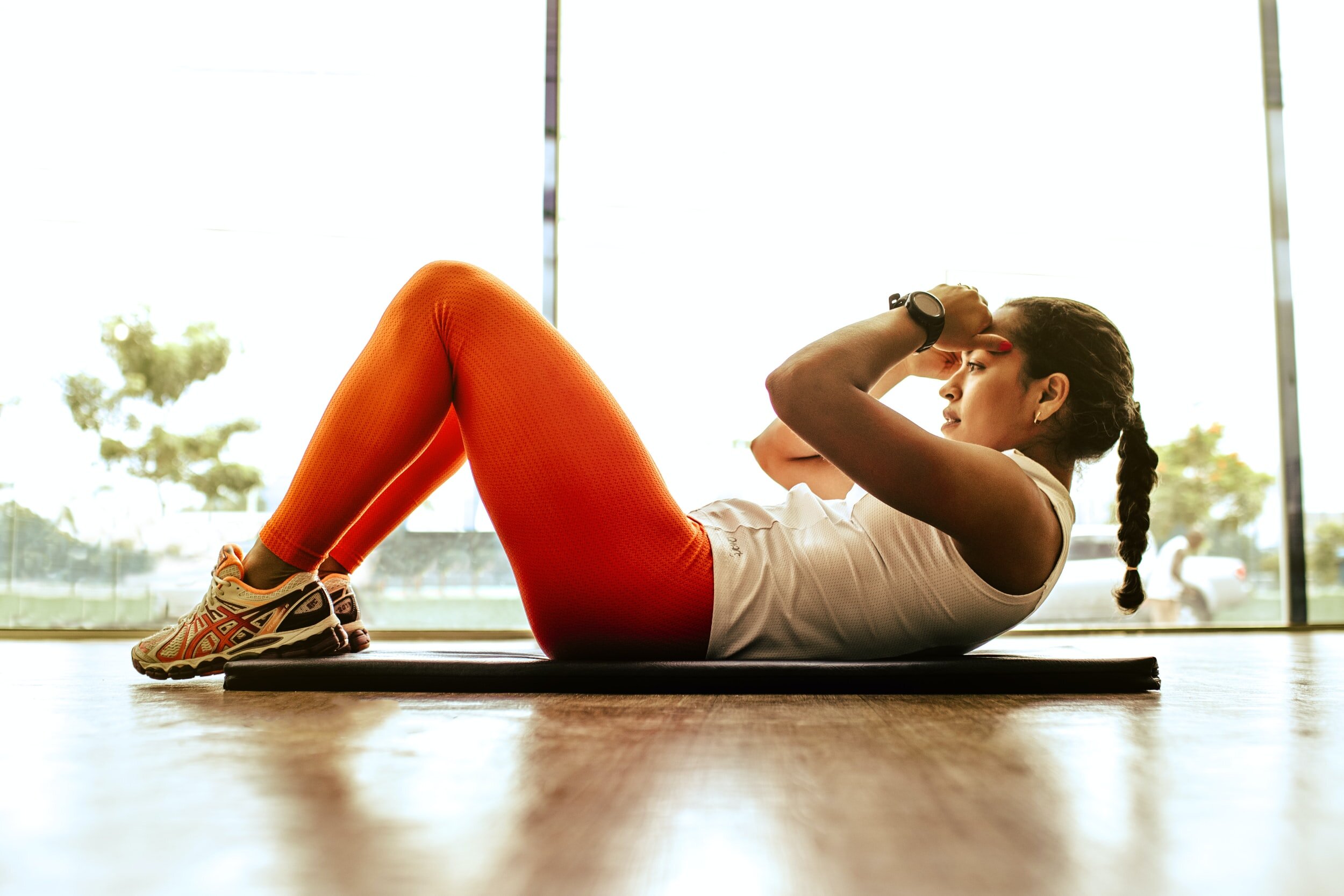


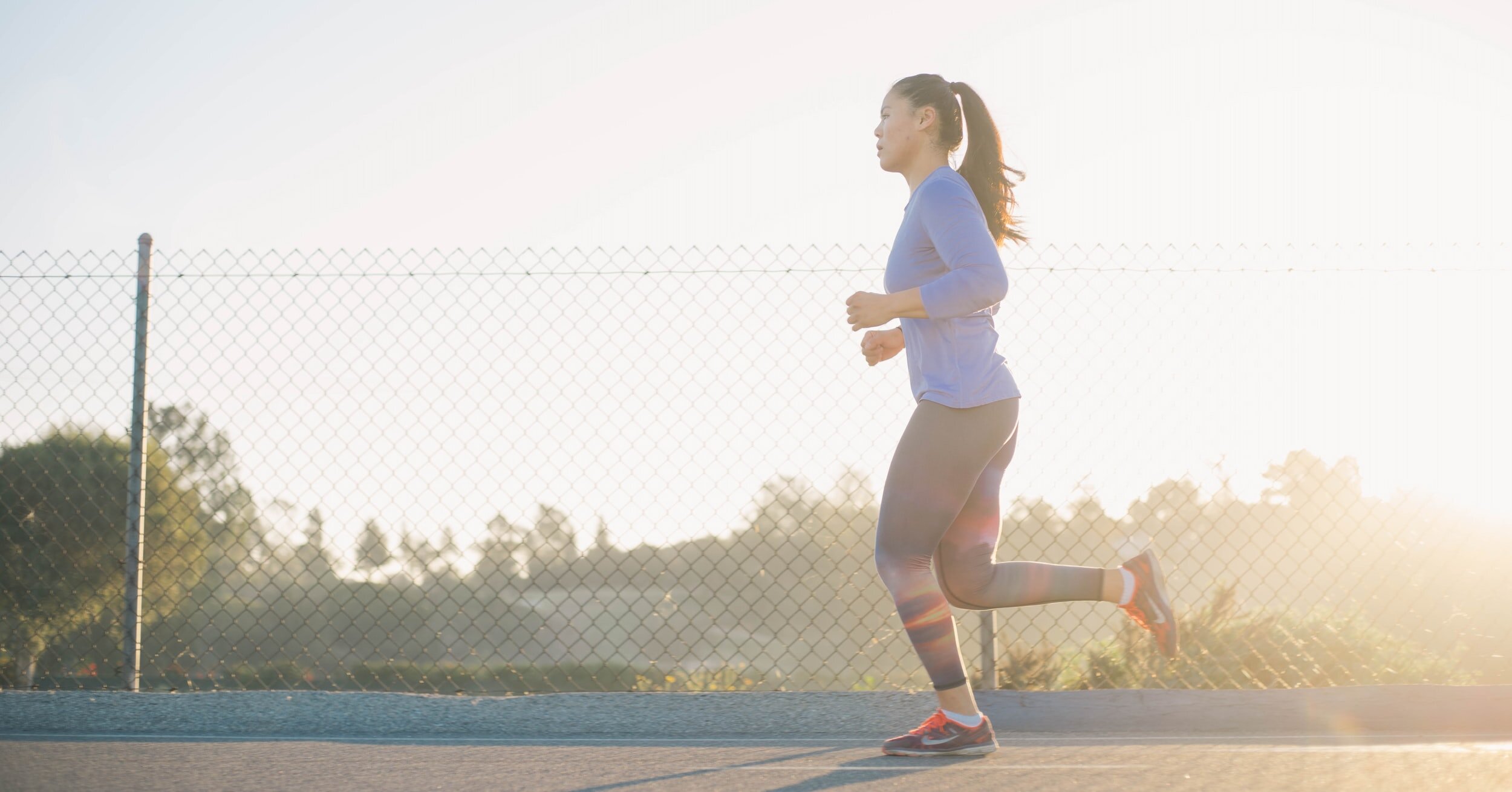


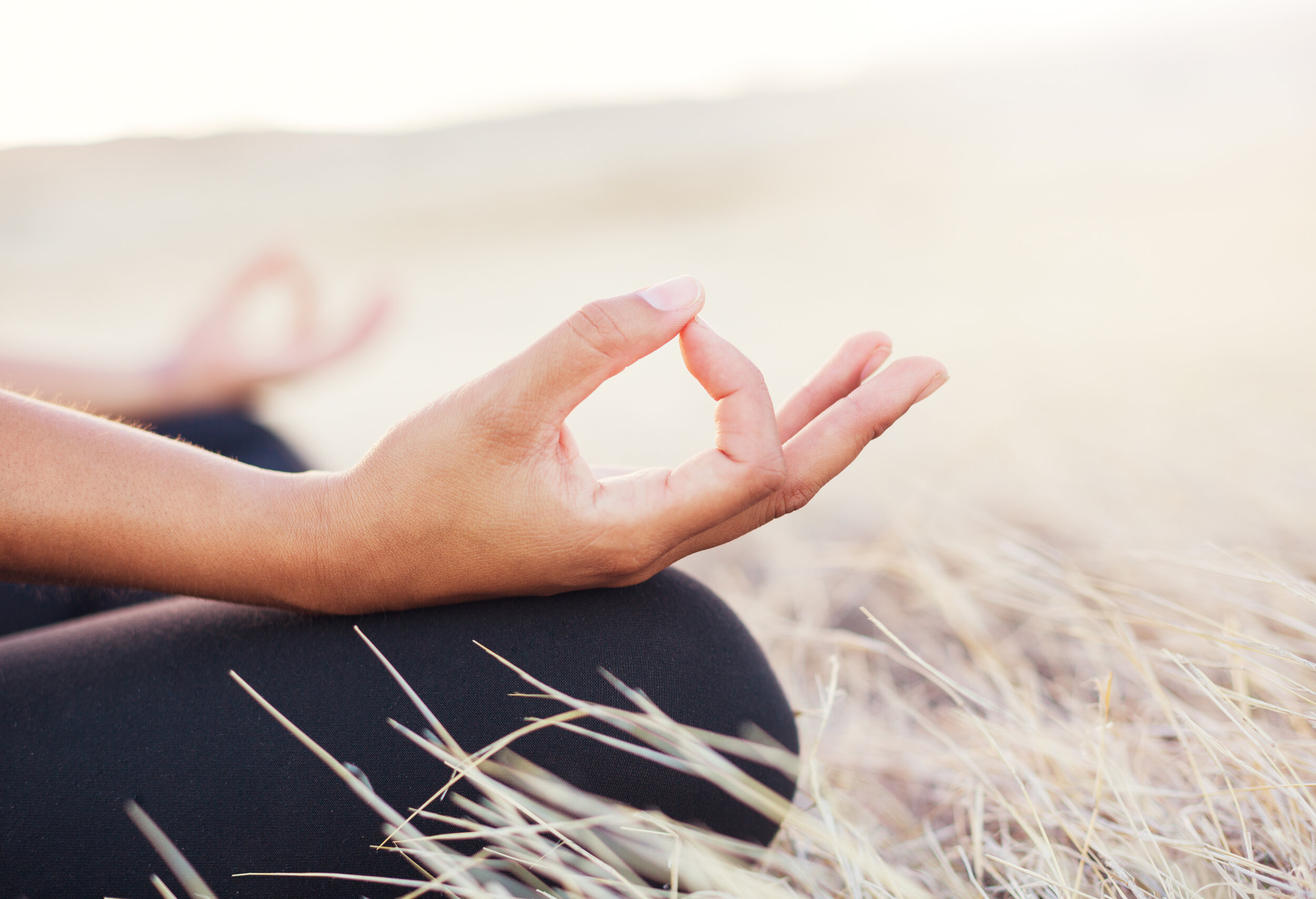
Do you struggle with side planks? Try a modified version on your forearm and knee. You can add different exercises in this position to work the side body while working towards a full side plank.